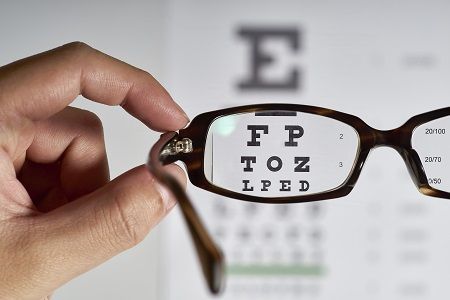Real World Wet AMD Outcomes with Anti-VEGF Drugs
Researchers from three institutions in Illinois collaborated to examine real world visual outcomes for people with wet age-related macular degeneration (AMD) on anti-vascular endothelial growth factor (VEGF) drugs.

Researchers from three institutions in Illinois collaborated to examine real world visual outcomes for people with wet age-related macular degeneration (AMD) on anti-vascular endothelial growth factor (VEGF) drugs.
In a poster presentation at the 34th Annual Scientific Meeting of the American Society of Retina Specialists (ASRS 2016) in San Francisco, California, Marina Gilca, MD, and colleagues presented the findings after a two-year analysis from data gathered in the United States.
Patients were only included if they had received at least one anti-VEGF injection between January 2010 and December 2012. The cohort included 107 eyes with wet AMD — 67 females and 40 males – from participants with a mean age of 83. None of the patients had ocular comorbidities.
Over the course of the two years of treatment, the average patient received just over nine injections — during which time no complications were reported.
- MD Magazine is on Facebook, Twitter, Instagram, and LinkedIn!
Optical coherence tomography (OCT) measured central retinal thickness (CRT), subretinal/intraretinal fluid (SRF/IRF), and subretinal hyperreflective material (SHRM). Results revealed the mean visual acuity (VA) at baseline (20/106), after one year (20/80), and after two years (20/88).
Out of all of the patients, 29% had lost visual acuity in the first year of therapy and it increased to 35% in the second year. “These patients received fewer intravitreal injections (5.6 injections in one year) but had a better baseline VA (20/92) when compared to those whose VA was stable or improved (6.4 injections one year; mean VA: 20/114),” the authors explained. Of the patients with stable or improved VA in the first year, 22% of them lost VA in the second year. These patients had less injections during that second year than those who had been stable or improved during that time (2.6 vs. 3.5 injections). However, these patients had better VA at baseline (20/98 vs. 20/121).
“These Real World Data indicate that 35% of patients who receive anti-VEGF therapy for wet AMD lose vision during their first two years of therapy,” the team concluded. Worse visual outcomes were associated with older age, fewer injections, and better baseline vision.
Also on MD Magazine >>> More News from ASRS 2016 in San Francisco